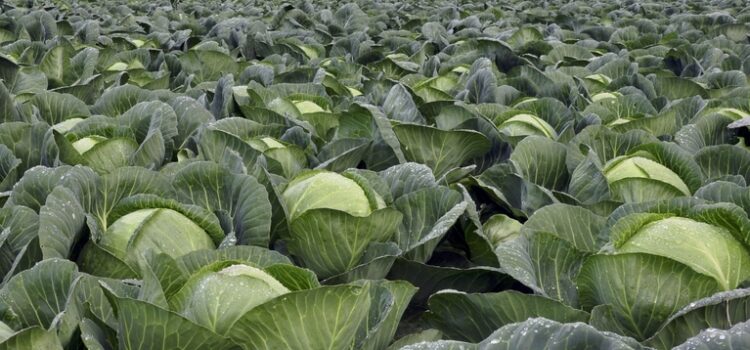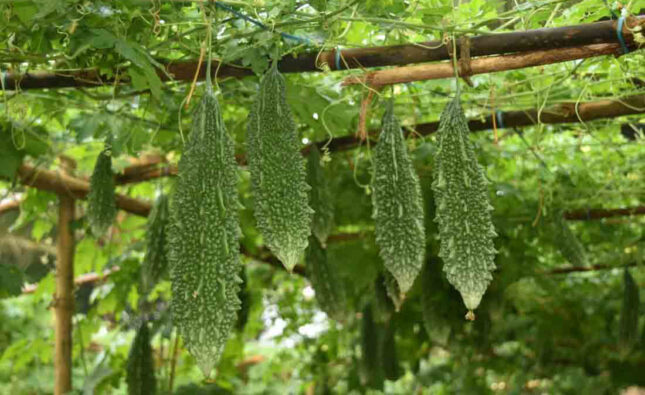Complete Knowledge of Natural Farming
Natural farming involves a range of practices and techniques that can be adapted to specific farming systems and local conditions. While the exact approach may vary, here are some general steps and principles to consider when practicing Complete Knowledge of Natural Farming:
1. Understand your local ecosystem:
Familiarize yourself with the natural environment, climate, soil types, and local plant and animal species in your area. This understanding will help you make informed decisions about crop selection and management.
2. Enhance soil fertility:
Focus on building and maintaining healthy soil. Use organic matter like compost, animal manure, and plant residues to enrich the soil with nutrients and improve its structure. Consider incorporating cover crops and green manure to add organic material and prevent soil erosion.
3. Minimize chemical inputs:
Avoid the use of synthetic fertilizers, pesticides, and herbicides. Instead, utilize natural alternatives such as biofertilizers, beneficial insects, and companion planting techniques to manage pests and diseases. Implement crop rotation to disrupt pest and disease cycles.
4. Preserve biodiversity:
Encourage a diverse range of plants and animals on your farm. Plant a variety of crops, including native and traditional varieties, to promote biodiversity and provide habitats for beneficial insects, birds, and other organisms. Avoid monocropping, which can lead to imbalances in the ecosystem.
5. Implement minimal tillage:
Minimize soil disturbance by reducing or eliminating tillage. Excessive tillage can disrupt the soil structure, deplete organic matter, and contribute to erosion. Use techniques like no-till farming, conservation tillage, or shallow tillage to preserve soil health and structure.
6. Practice water conservation:
Manage water efficiently by implementing methods such as mulching, drip irrigation, and water recycling. Mulching helps retain soil moisture, reduces weed growth, and prevents erosion. Drip irrigation targets water directly to plant roots, minimizing water wastage.
7. Observe and adapt:
Regularly observe your farm’s ecosystem and adapt your practices accordingly. Monitor the health of your crops, the presence of pests and diseases, and the overall condition of the soil. Use this information to make informed decisions and adjust your natural farming techniques as needed.
8. Promote self-sufficiency:
Strive for self-sufficiency by utilizing on-farm resources. Save seeds from your crops, produce compost from organic waste, and rear livestock for manure and other inputs. This reduces dependency on external inputs and creates a closed-loop system.
9. Continuous learning and improvement:
Natural farming is a continuous learning process. Stay informed about new techniques, research, and best practices in natural farming. Attend workshops, and conferences and engage with other farmers practicing natural farming to share experiences and knowledge.
Remember, the specific practices and techniques employed in natural farming can vary depending on factors such as climate, soil conditions, and crop types. It’s important to adapt these general principles to suit your specific farming context and seek guidance from experienced farmers or agricultural experts in your region.






